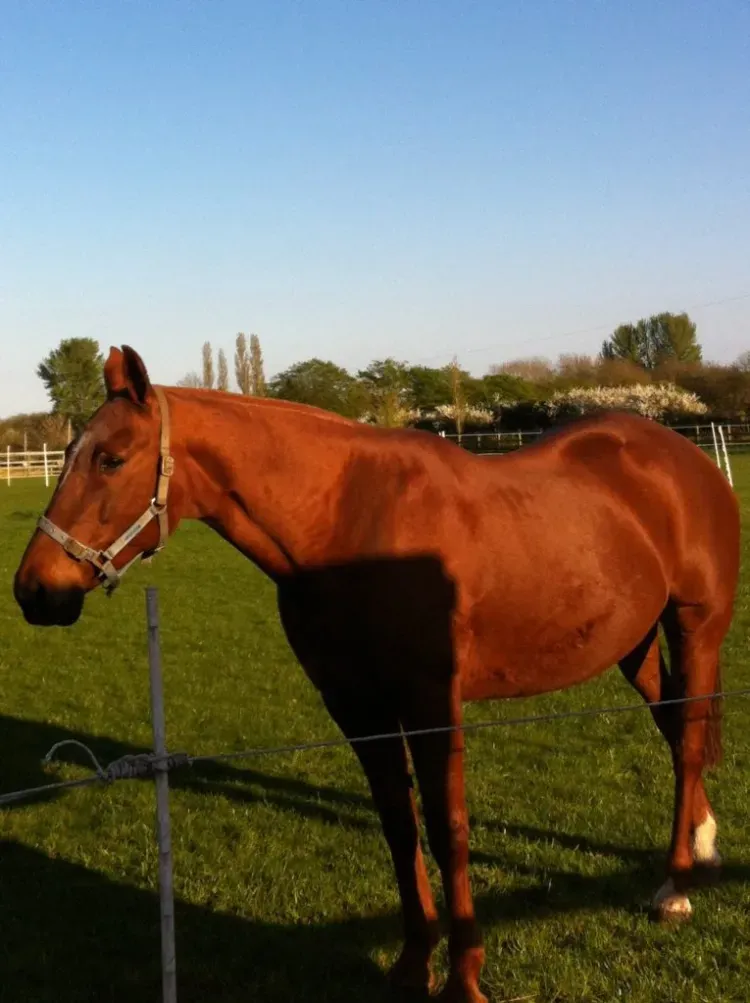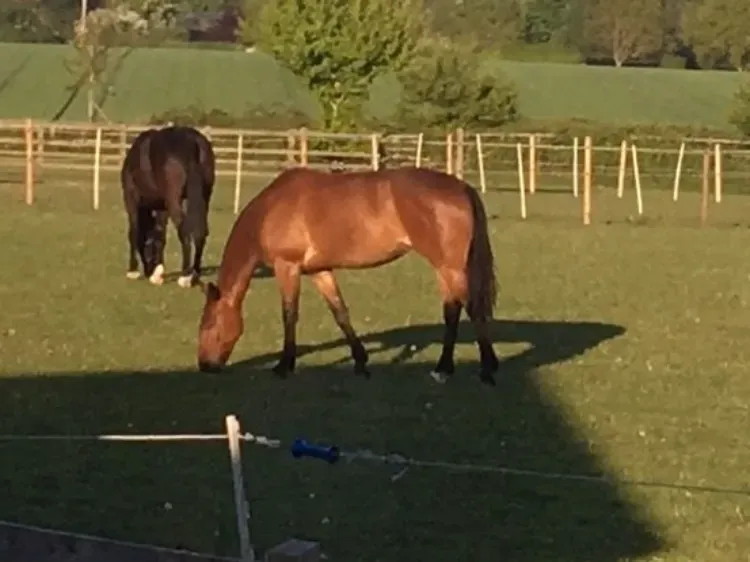
Words of wisdom
"Too much of a good thing can be a bad thing."
- William Dudley
This article will offer Constructive Grazing Advice for owners of at-risk Horses
Fat horses coming out of Winter can become ill on good Spring grass. Susceptible equines can become insulin resistant, develop EMS or PPID, as well as closely associated laminitis. These animals are also at risk when eating rich Autumn grass.
Keeping your horses slim is an important welfare issue. This is particularly so in the Spring and Autumn when the grass is richer. Slim horses have fewer health issues than fat horses.
Why is Spring and Autumn Grass a problem
At these times of the year, the grass sugars (called fructans) are at their highest and the grass is sweeter. This will allow horses to pile on the weight.
4 Important things to know about Grass Sugar:
1. On cold wet days. less sugar is produced. So horses can stay out longer on these days.
2. Over the day the sugar levels increase and the warmer the day the more sugar is produced. This means it is better to bring horses in at mid-day and particularly on warm days.
3. At night time the sugar levels drop unless the temperature drops below 5 degrees centigrade. The horses could be turned out at night if the temperatures are high enough.
4. After a cold night, grass sugar levels will be high in the morning and will continue to increase over the day. These are the most dangerous times and grazing should be restricted on these days to a few hours in the morning.

Two slim horses enjoying time on grass. The bay horse is in hard-fit condition.
When Horses are Stabled they will need to Eat
Horses are designed to eat for most of the time and when stabled will need hay. Immerse the hay in water for 1 hour to reduce its sugar content and feed it in small hole hay nets to slow down the consumption. Unless your horse is prone to gut impactions feed barley or oat straw along with the hay as it will have less feed value.
Looking after your Paddocks will affect Grass Sugar levels
As a final point, rotating paddocks and keep the grass short is a real help. The sugars are highest in the long grass.
Obesity in horses
Obesity in horses is now considered by equine welfare charities to be the greatest threat to equine welfare in the UK.

Article Suggestion
How to Calculate your Horse’s Weight
